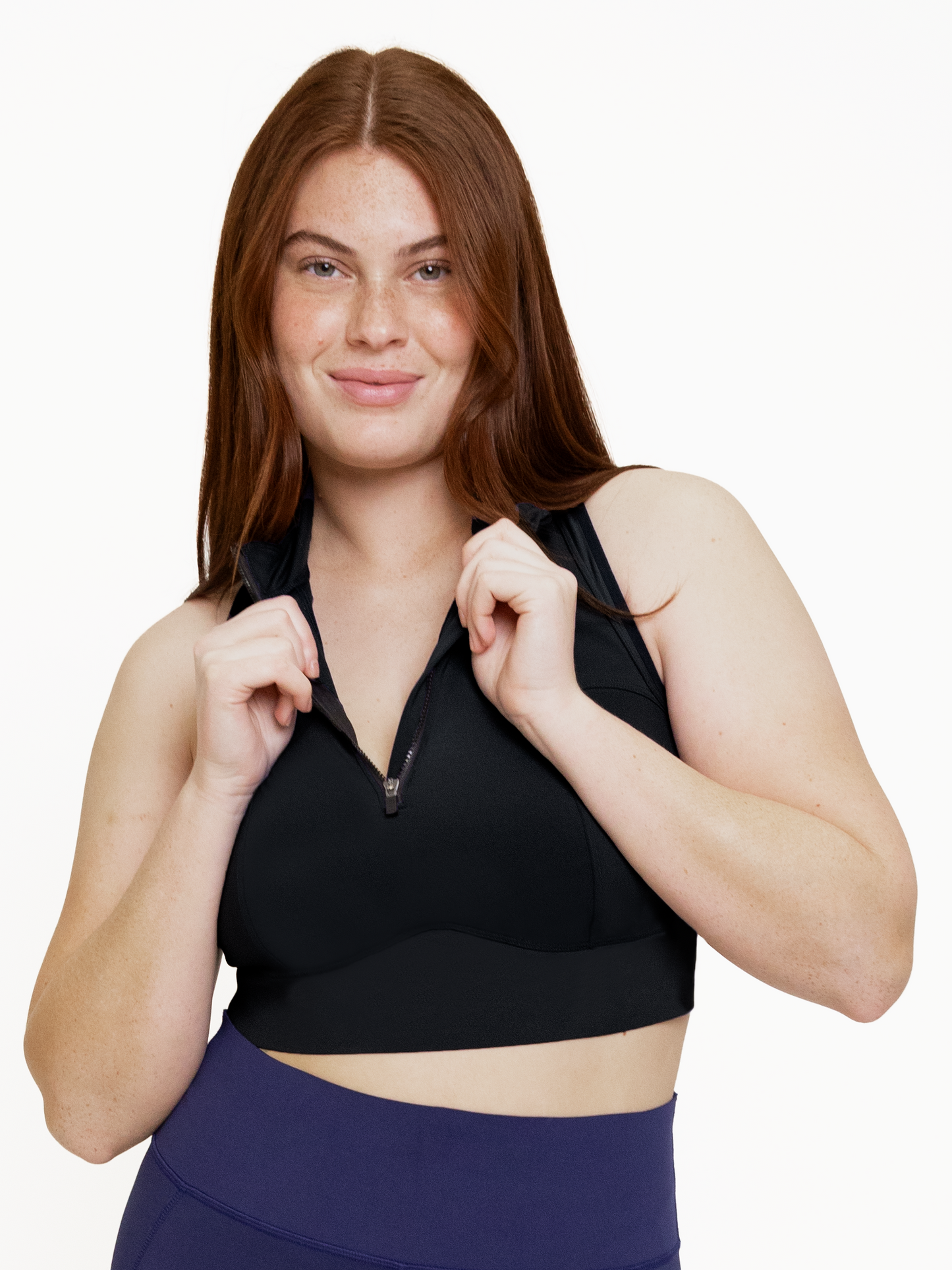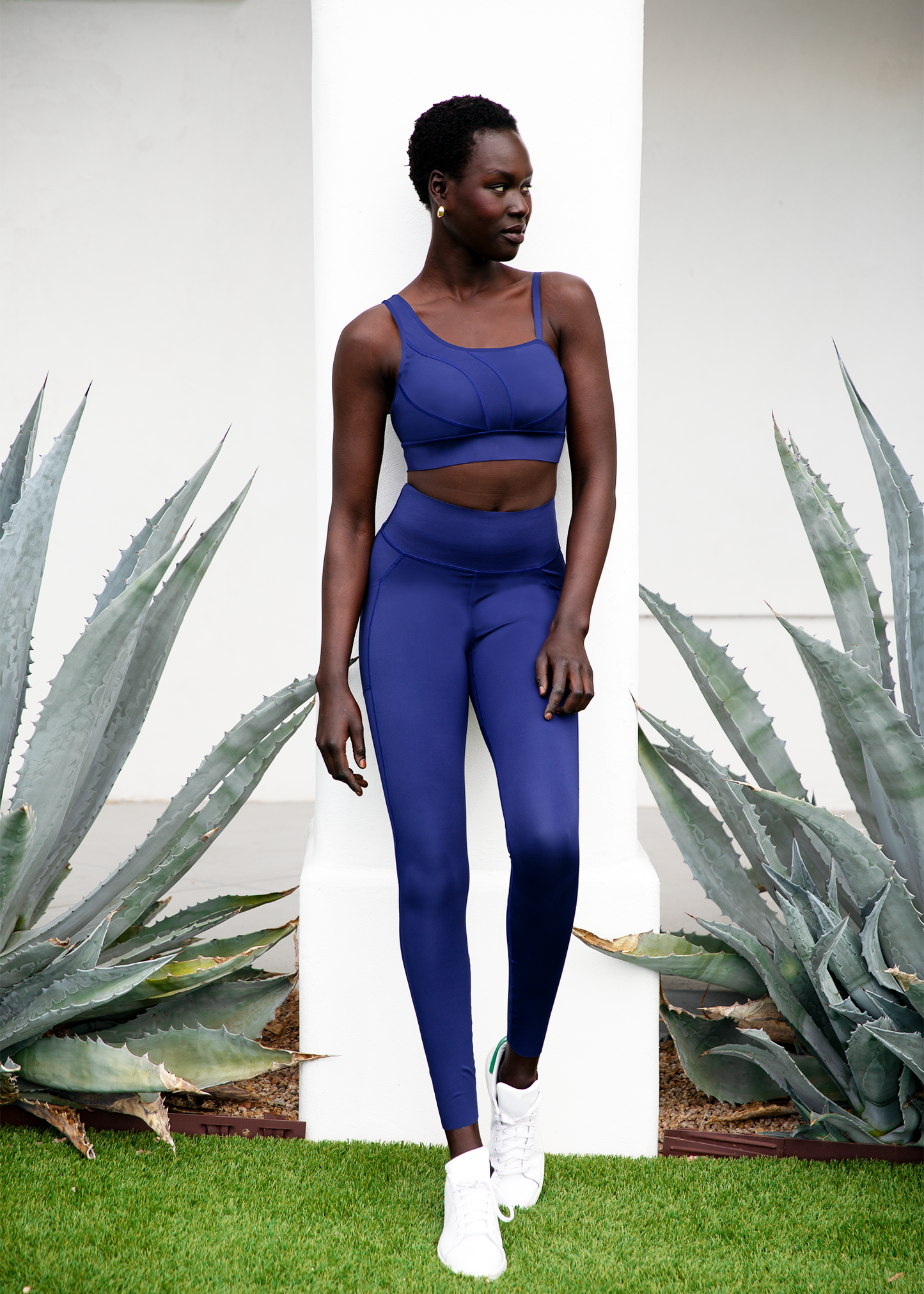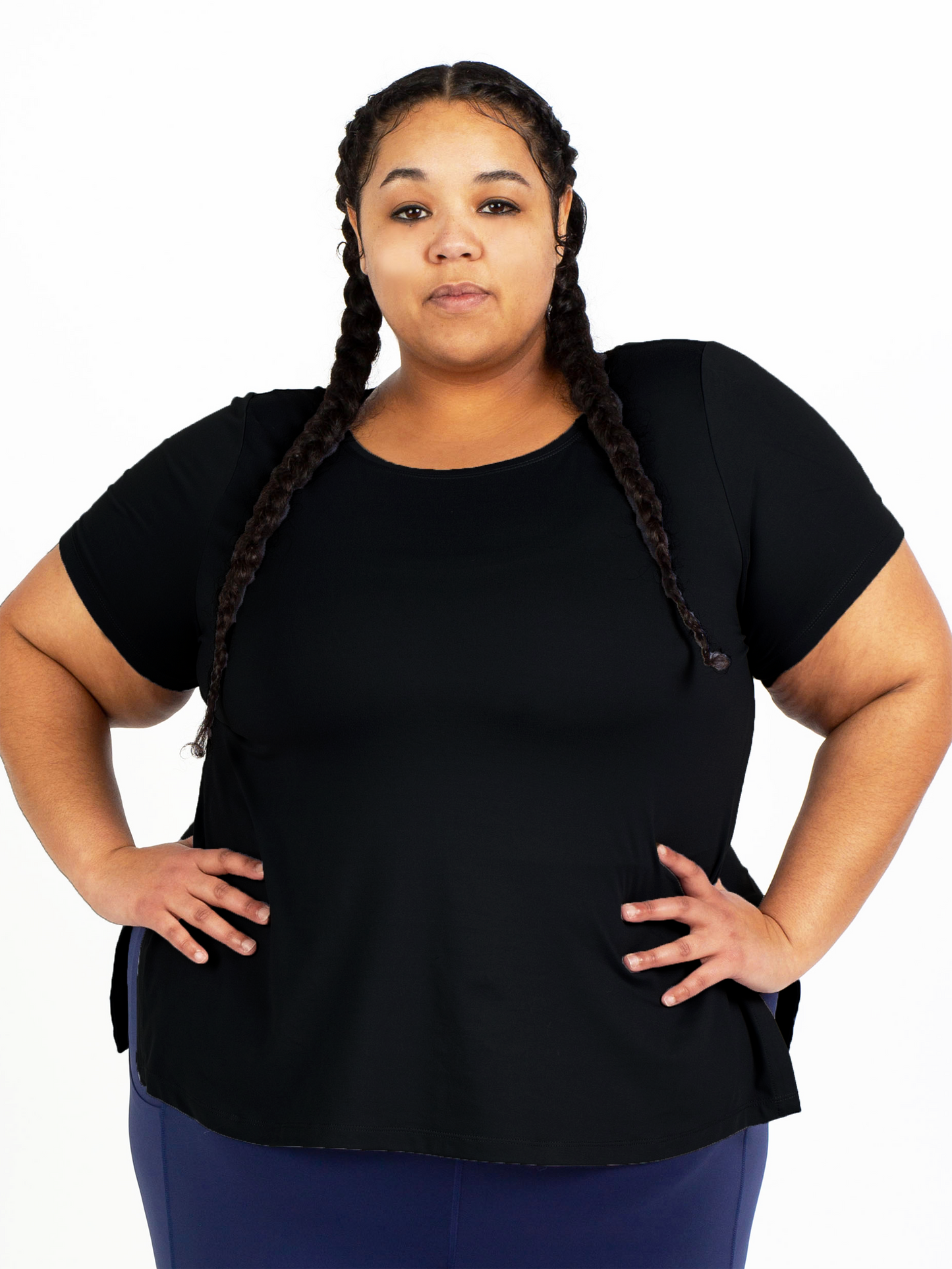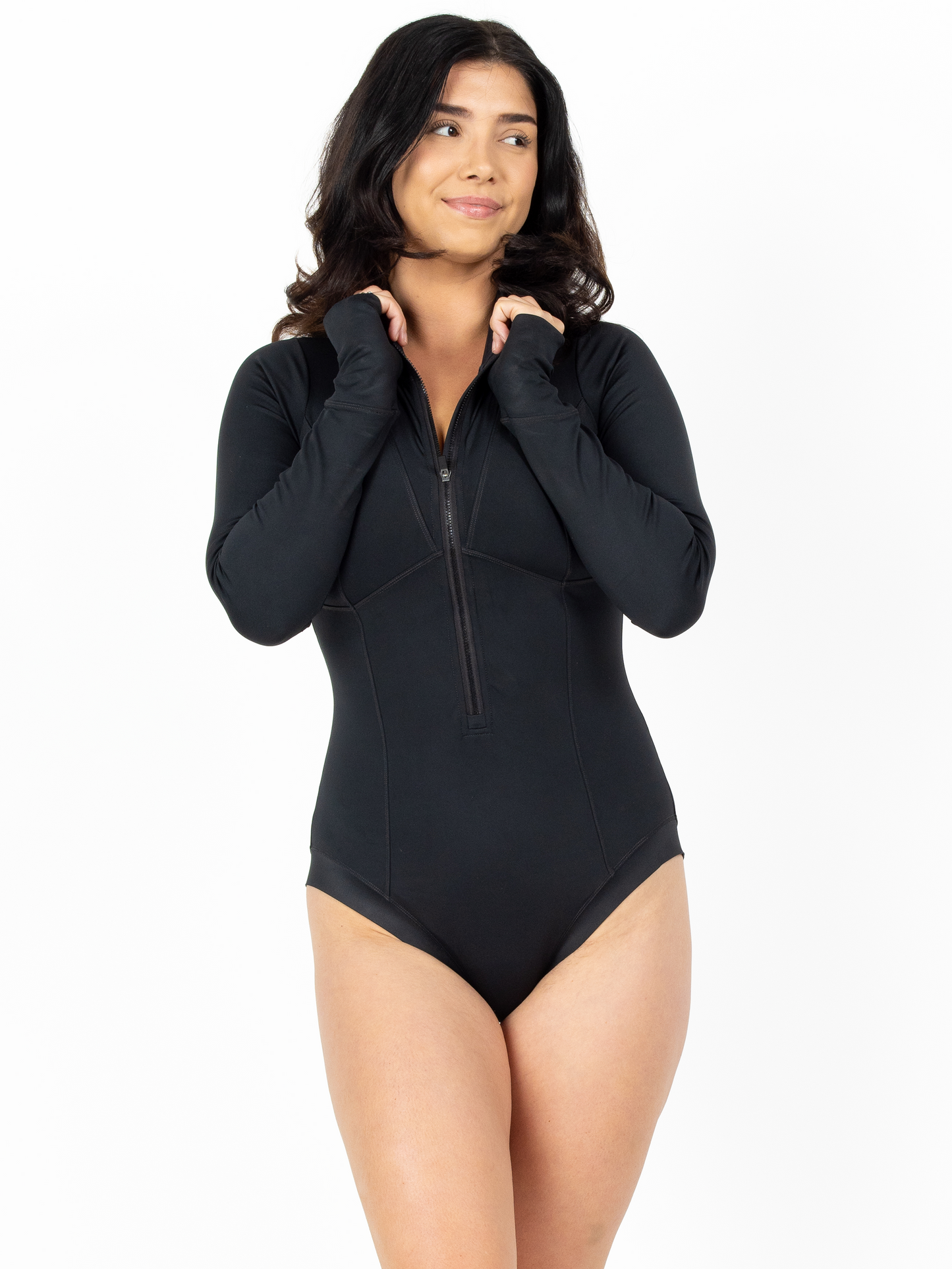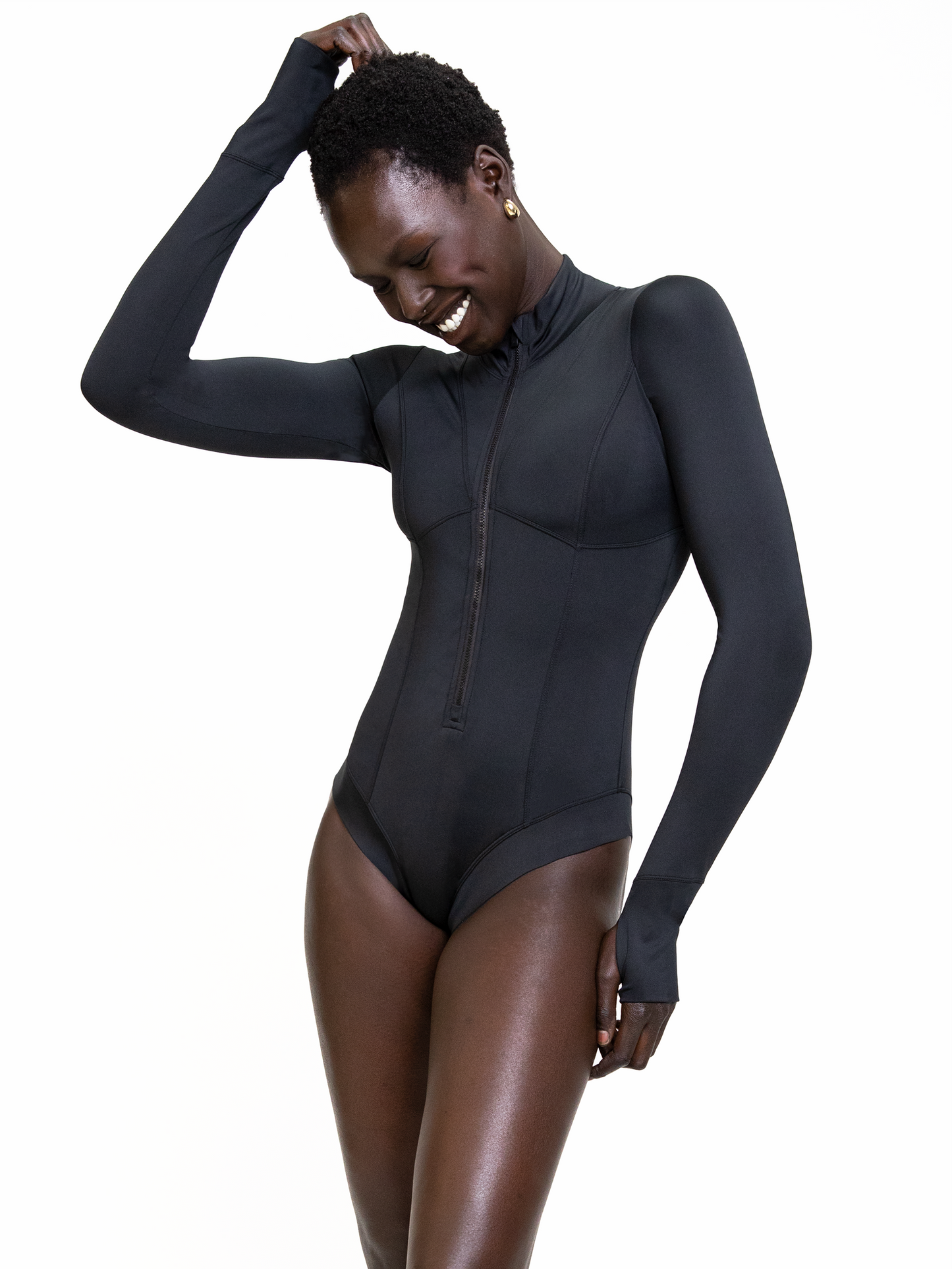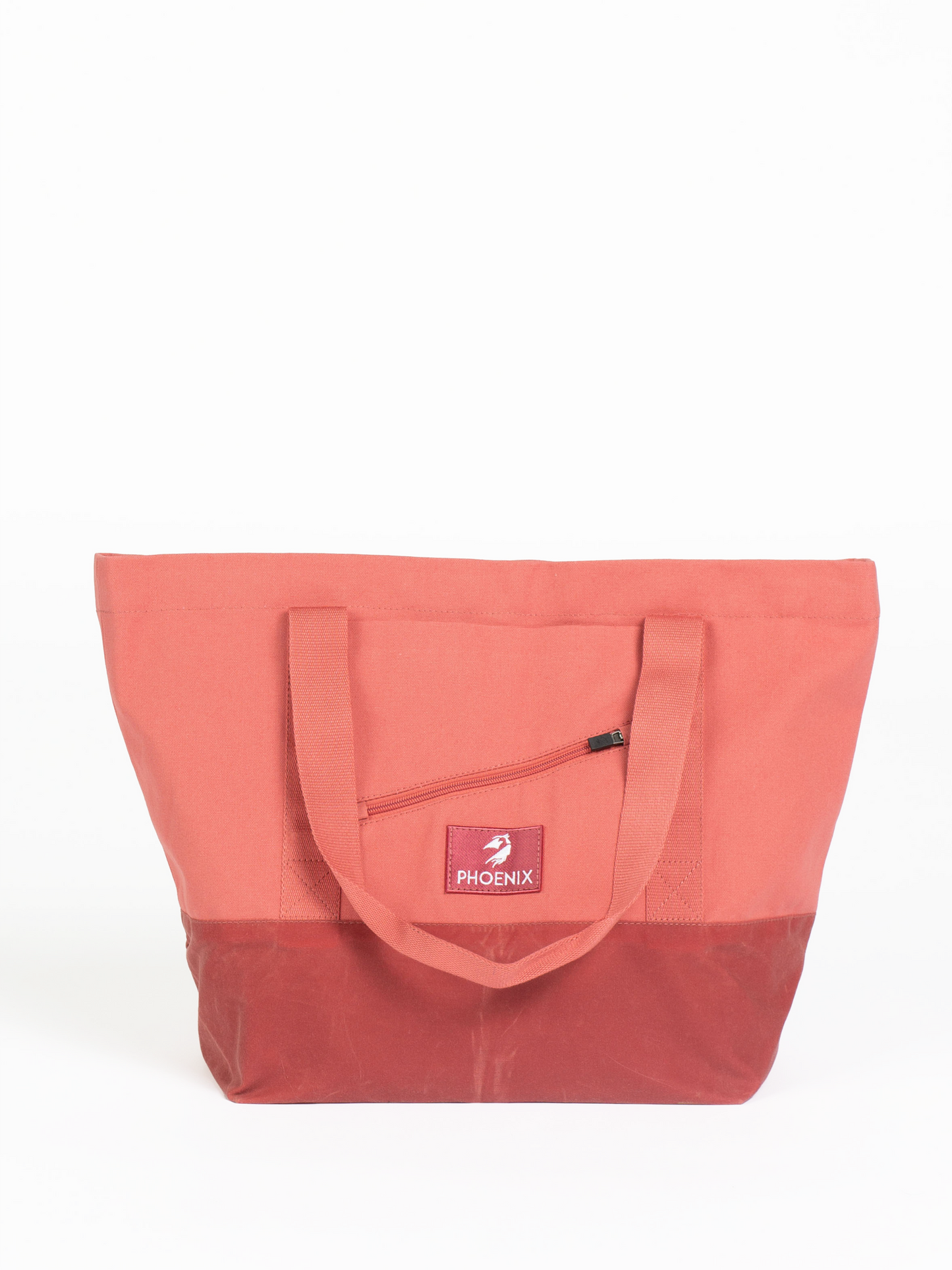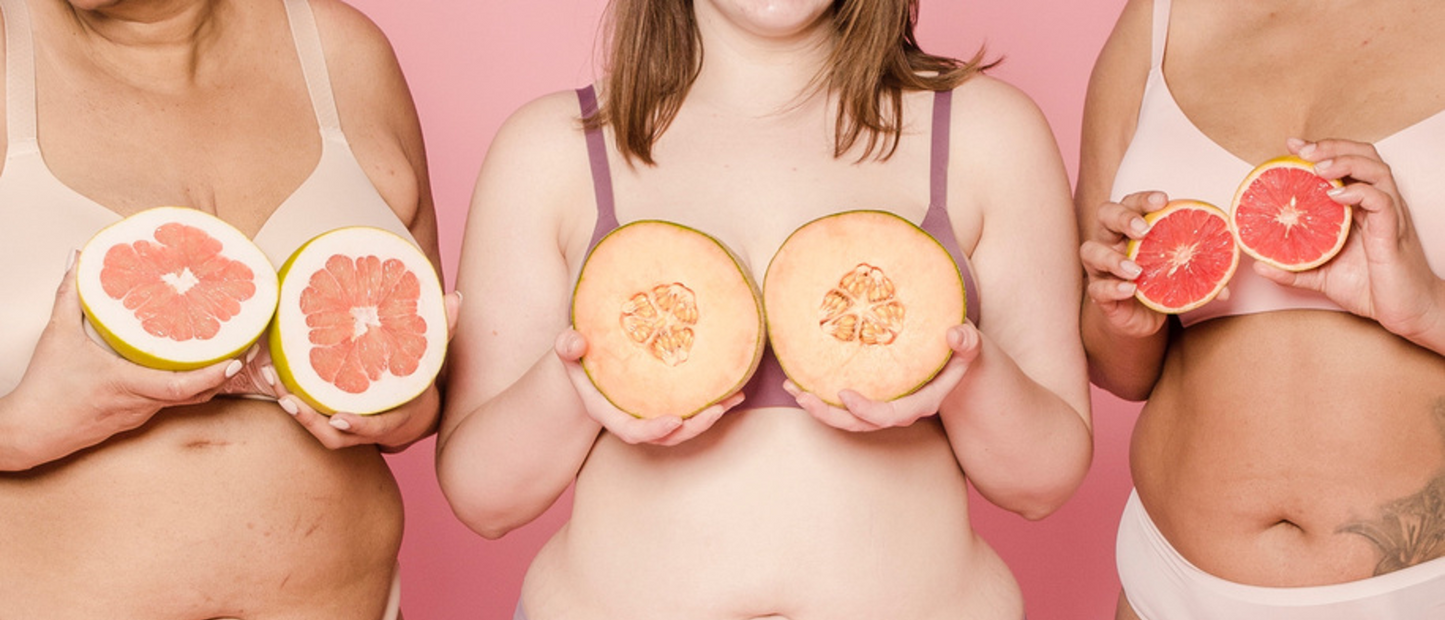
The importance of choosing the right nursing bra cannot be overstated, as it plays a crucial role in ensuring comfort and well-being for breastfeeding mothers. A well-fitting nursing bra provides essential support during breastfeeding, preventing discomfort and potential issues. Nursing bras are not only about breastfeeding success but also about the comfort and support they provide during the postpartum period. Ill-fitting bras can lead to various breastfeeding challenges, including yeast infections, nipple blisters, plugged ducts, and mastitis.
POSTPARTUM
Sleep bras are highly recommended during the postpartum period. These bras are comfortable, stretchy, and provide support without underwires, which can exert unwanted pressure on milk ducts.
Nursing tank tops with built-in bras are another option for post-birth comfort, although they may offer slightly less support due to thinner elastic bands around the ribs.

PROFESSIONAL SIZING
For more structured nursing bras that offer support and a shapely fit, it's advisable to get professionally sized by an expert at a maternity boutique or department store. This sizing can be done around 36 weeks of pregnancy, as this size is approximate for the first few weeks postpartum when breast size stabilizes. It's important to ensure a snug fit on the loosest hook without being too tight.
GO WIRELESS
While there is no conclusive evidence against underwire bras during breastfeeding, lactation consultants often recommend waiting for about six weeks postpartum before wearing bras with underwires. This waiting period allows the milk supply to stabilize, and it ensures that the bra isn't too tight, which could restrict blood and lymphatic circulation and potentially lead to blockages, pain, or infection.

INVEST GRADUALLY
While investing in nursing bras is essential, it doesn't need to be done all at once. Sleep bras can be purchased within various budgets, but more structured nursing bras can range from $50 to $100. It's recommended to start with a few bras and purchase additional ones gradually, allowing for time between fittings to accommodate any changes in breast size.
